Editorials
Looking Back on the Surreal Thrills of ‘Metallica: Through the Never’ 10 Years Later

From Robert Johnson’s alleged deal with the devil to Alice Cooper’s monster-filled performances, rock ‘n roll has always had a foot in the horror genre. Hell, even the world’s most successful metal band has some horror-inspired hits up its sleeves, with eerie songs like The Call of Ktulu and The Thing That Should Not Be adding some Lovecraftian flavor to Metallica’s discography.
That’s why it makes sense that a narrative concert film produced by Metallica would also borrow from some of their favorite genre thrills. And with Nimród Antal’s experimental masterpiece Metallica: Through the Never celebrating its 10th anniversary this month, I’d like to take this opportunity to dive into how this unique film uses its genre influences to tell a surprisingly compelling story accompanied by one of the band’s best live performances.
The idea for Through the Never spawned from the band’s wish to produce a concert film that harkened back to the musical storytelling of classics like Pink Floyd’s The Wall and Daft Punk’s Interstella 5555. Hiring veteran genre director Nimród Antal, who had previously helmed Predators and Vacancy (and has since worked on Stranger Things), the Metallica crew teamed up with the filmmaker to write a screenplay mixing the surreal atmosphere of The Twilight Zone with the apocalyptic imagery of Mad Max, investing their own money into what they thought would be their cinematic magnum opus.
In the finished film, we follow Dane DeHaan as a young roadie who embarks on a perilous quest during the band’s 2012 performance in Vancouver’s BC Place, with his journey through a city on the edge of anarchy being intercut with the band’s performance in a thrilling hybrid experience that basically amounts to a feature-length music video.
Unfortunately, while critics praised the film as a visually stunning experiment as well as an innovative celebration of the band’s history, Through the Never didn’t even manage to make its budget back at the box office. In fact, James Hetfield is reported to have called the entire experience “bittersweet,” lamenting how much the band ended up spending on such a risky endeavor.
SO WHY IS IT WORTH WATCHING?

The mere existence of a narrative concert film starring Metallica is enough to justify the price of admission for heavy metal fans, but Through the Never is also a genuinely entertaining piece of storytelling in its own right. Not only does the film depict one of the band’s all-time best performances, with the Vancouver venue being completely retrofitted to enhance their theatrical flourishes and dangerous-looking pyrotechnics, but it’s also accompanied by some truly gorgeous cinematography.
I mean, this whole affair was clearly intended to be experienced on the big screen, with the 3D IMAX elements making the film feel especially impressive during a time when most 3D productions were lazily post-converted into the format instead of being specifically shot with stereoscopic viewing in mind. That being said, the film still holds up as a gorgeous piece of art when viewed on traditional television sets – so long as you keep the volume loud!
From violent car crashes to city-wide riots – not to mention the blood-pumping spectacle of the concert itself – there are plenty of shots here that will likely stick with you long after the credits roll. I actually wish that the band would rerelease the film in theaters, as it’s a damn shame that most fans will never get to experience this bold experiment the way it was meant to be seen (and heard).
Sure, Through the Never is a little light on plot, focusing more on surreal imagery and a general sense of anarchic dread rather than a proper story, but you can still infer some semblance of a cohesive narrative here as Dane DeHaan goes about his near-mythical quest for an unidentified McGuffin. Hell, you can even interpret his bizarre interactions with rioters as drug-fuelled hallucinations – or maybe even the result of severe cranial trauma due to his frequent injuries.
That being said, I love the implication that this might very well be the actual end of the world.
AND WHAT MAKES IT HORROR ADJACENT?
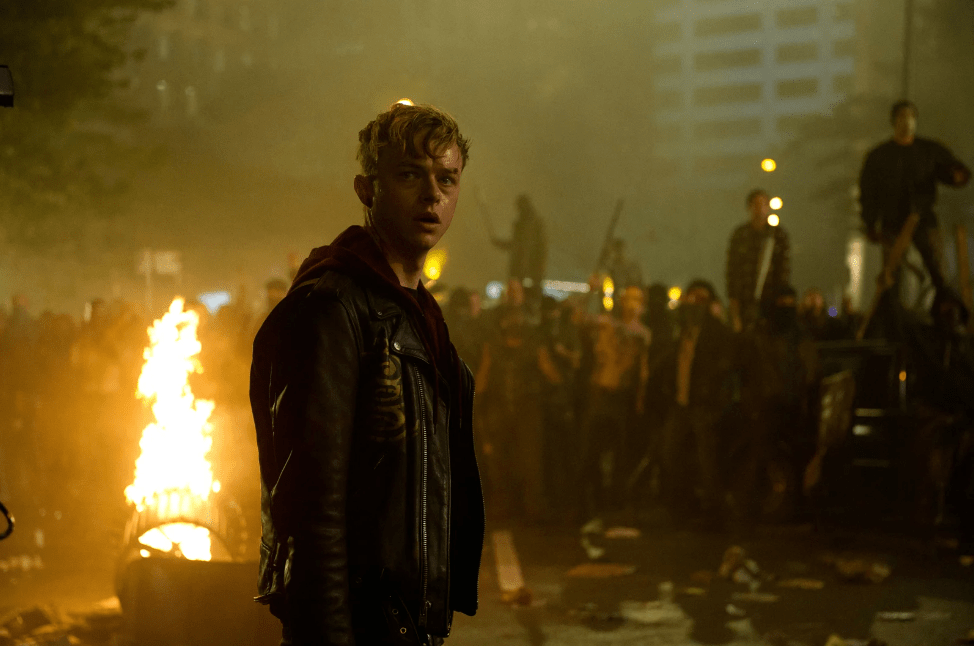
From masked killers to mass murders and zombie-like riots, it’s pretty clear what kind of genre films inspired the madness of Through the Never. That’s precisely why I think horror fans are likely to appreciate the film’s unconventional take on the symbiotic relationship between movies and music.
Hell, some of the more brutal scenes even make the film feel like an unofficial entry in the Purge franchise, with the movie featuring some particularly gnarly depictions of urban chaos as masked citizens enact their wildest (and most violent) fantasies. I especially enjoy how DeHaan’s character deals with being cornered by a group of dangerous rioters towards the end of the picture, with this fiery scene serving as a perfect vertical slice of the entire experience.
To be honest, my only gripe with the picture is the fact that there aren’t more of these story elements. DeHaan’s final confrontation with the masked rider and his subsequent return to the concert may end the movie on a satisfying note, but it still feels like there was room for more apocalyptic adventure here. I didn’t exactly time it, but I’d wager that the narrative bits only make up a single third of the experience, which is a shame when you have such an engaging premise and a naturally charismatic leading man.
That being said, I think that Metallica: Through the Never makes for a great mood piece during the Halloween season, even if the band doesn’t actually get to play their more horror-oriented songs. From brutal fight scenes to instantly iconic heavy metal imagery, there are plenty of genre thrills to be had here if you can accept the movie for what it is. I mean, we still haven’t seen anything close to this level of unbridled creativity in concert films in the 10 years since it was released, so we might as well appreciate this oddball musical experiment.
There’s no understating the importance of a balanced media diet, and since bloody and disgusting entertainment isn’t exclusive to the horror genre, we’ve come up with Horror Adjacent – a recurring column where we recommend non-horror movies that horror fans might enjoy.

Editorials
Looking Back on the Stop-Motion Nightmare of 1986’s ‘The Pied Piper’

Genre classifications tend to fall apart the further we look back in time. That’s why nearly all the original versions of classic fairy tales contain at least one bizarrely horrific element or another. From the Evil Queen’s cannibalistic intentions in Snow White to the Big Bad Wolf successfully devouring both granny and Little Red Riding Hood, even the most innocent stories featured a twinge of terror back when they were first created. However, there is one fairy tale that remains surprisingly dark even in its current iteration, and that would be the chronicle of The Pied Piper of Hamelin.
A simple yet memorable yarn about a pipe-playing stranger who takes revenge on the populace of medieval Hamelin once they fail to pay him for eliminating their rat problem, the story of the Pied Piper has influenced countless other works of art (even popping up as a recurring influence on the Slenderman mythos). That’s why I find it so surprising that there’s no definitive big-screen adaptation of the iconic story – unless you count stop-motion animation.
Enter Czech filmmaker Jiří Barta, a pioneer stop-motion animator working for Kratky Film in the early ’80s. Having already made a name for himself by contributing to a myriad of televised short films aimed at children, Barta and the humble studio wanted to branch out and create a large-scale project meant for older audiences. After some discussion, the director settled on a bold retelling of the Piped Piper, wanting to present the story in a way that would stay true to its Germanic roots while also taking inspiration from Viktor Dyk’s 1911 reinterpretation of the tale, Krysař (Rat-Catcher in Czech).
And so production began on a one-of-a-kind animated spectacle that would incorporate German expressionism and medieval artwork into its visual design. Over the course of a year, Kratky’s artists produced meticulously crafted puppets and locations meant to evoke wood carvings – as well as a rat infestation brought to life through taxidermized skins and the occasional use of live-action photography.
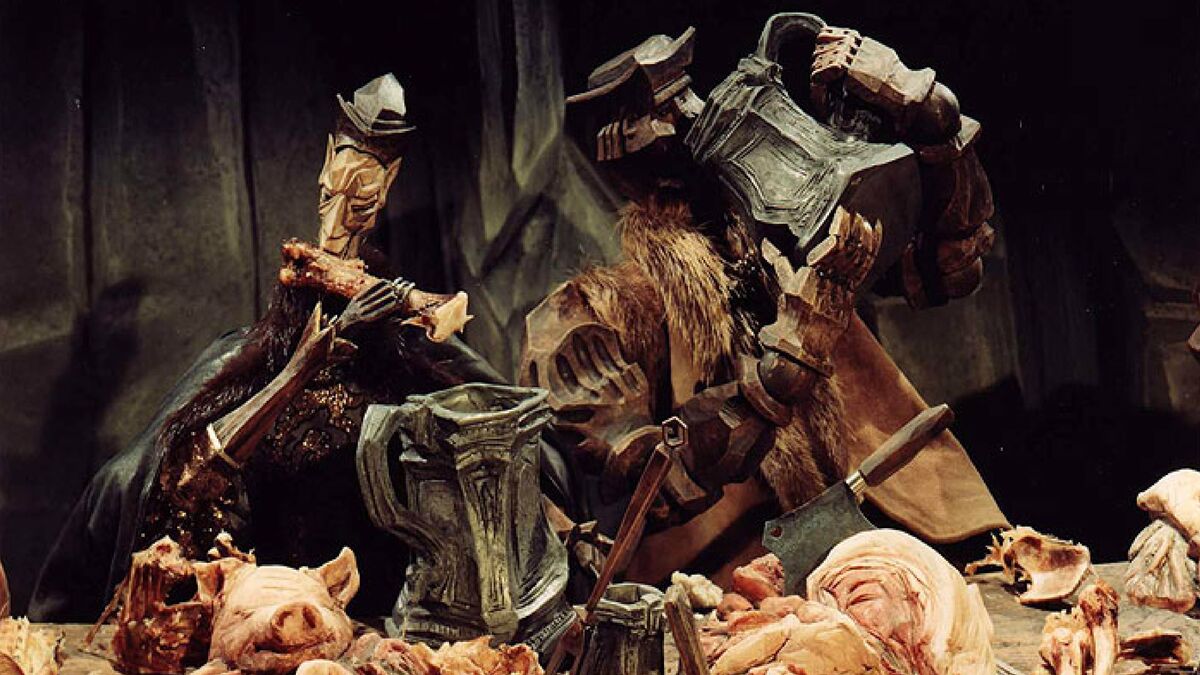
Not very appetizing.
In the finished film (which doesn’t require subtitles since the characters all speak in a fictional German dialect that we aren’t meant to understand), we follow the downfall of Hamelin as the wealthy townsfolk become corrupt in their miserly ways, with the bustling city eventually attracting a vicious swarm of rats. It’s only then that a pipe-playing stranger comes to town and is promptly hired to take care of the problem. Naturally, the Piper is soon betrayed, leading to a horrific comeuppance as the town faces the consequences of extreme avarice.
In 1986, Krysař (retitled to The Pied Piper in North America) would premiere to rave reviews, though this success remained mostly limited to the festival circuit and Eastern European theaters. It would actually take decades for the film to reach home video in America, with most Western cinephiles only coming across this landmark stop-motion fable through bootleg copies and international DVDs aided by the film’s lack of intelligible dialogue.
This aura of mystery may be partly responsible for the film’s enduring legacy as an obscure cult movie, with fans considering it one of the greatest hidden gems of all time, but it’s The Pied Piper’s exceedingly dark tone and imagery that really cemented its place as a classic.
While the general plot was faithfully recreated from familiar versions of the story, which is already one of the darkest fairy tales in existence (possibly due to its origins as an allegedly true horror story), it’s the flick’s deviations from its folkloric source material and the clear preference for Dyk’s bleak retelling that make it such a memorable experience.
For starters, the animated visuals actively enhance the story’s surreal undertones, making a serious experience that much more unsettling due to its whimsical presentation. Horrific moments like the murder and implied sexual assault of a sympathetic main character become downright disturbing when told through the eyes of wooden puppets, and the clockwork-inspired movements of the city folk reveal sinister implications about the inner workings of an oppressive metropolis.
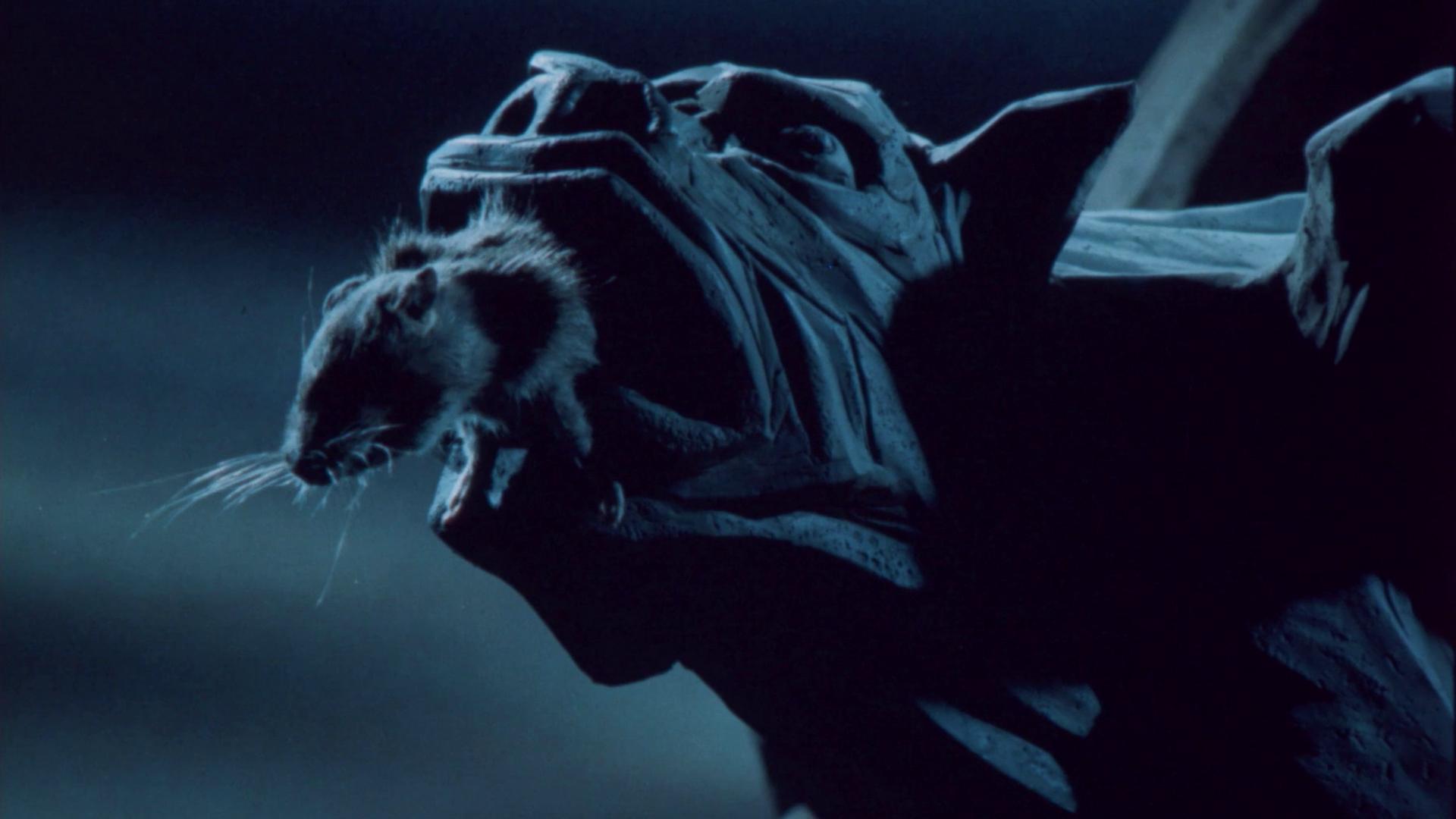
“Them filthy rodents are still coming for your souls!”
The rat plague itself is also incredibly unnerving, with the rodents’ organic design intentionally clashing with the mechanical feel of the rest of the film. The director originally intended for the vermin to feel more alive and sympathetic than the jaded inhabitants of Hamelin, but the use of real rat taxidermy also adds an additional layer of uncanny terror to the mix as the furry plague invades a mostly sterile production.
Of course, the scariest addition to Barta’s The Pied Piper comes from its grisly ending, which ditches the traditional climax of having the Piper kidnapping the local children and instead goes down an unexpected route of city-wide body-horror. I won’t spoil the details for those who still haven’t seen this wood-carved masterpiece, but suffice to say that the finale will stay with you long after the credits roll.
Like the legend that inspired it, The Pied Piper is much more than just a horror story. It’s an anthropological cautionary tale. It’s also a tragic love story, as well as a cathartic revenge yarn. But regardless of how you interpret it, it’s the overall brutality of Krysař that makes it so unique. That’s why I’m glad that the folks over at Deaf Crocodile have finally given the film the remastered Blu-ray release that it desperately needed.
And in a world where adult-oriented animation is finally getting the attention it deserves, with filmmakers like Guillermo del Toro championing the cinematic format as a medium rather than a genre, I think it’s worth looking back on Barta’s magnum opus as a poignant reminder that nightmares are not limited to live-action.

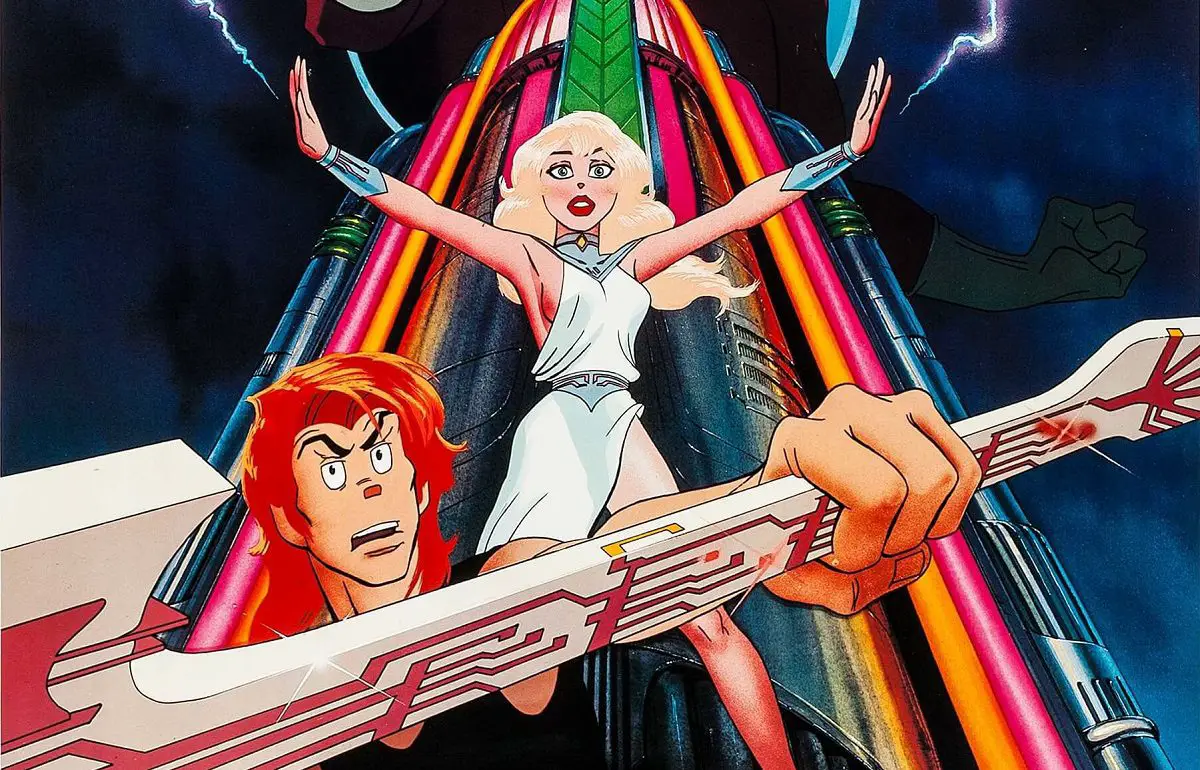



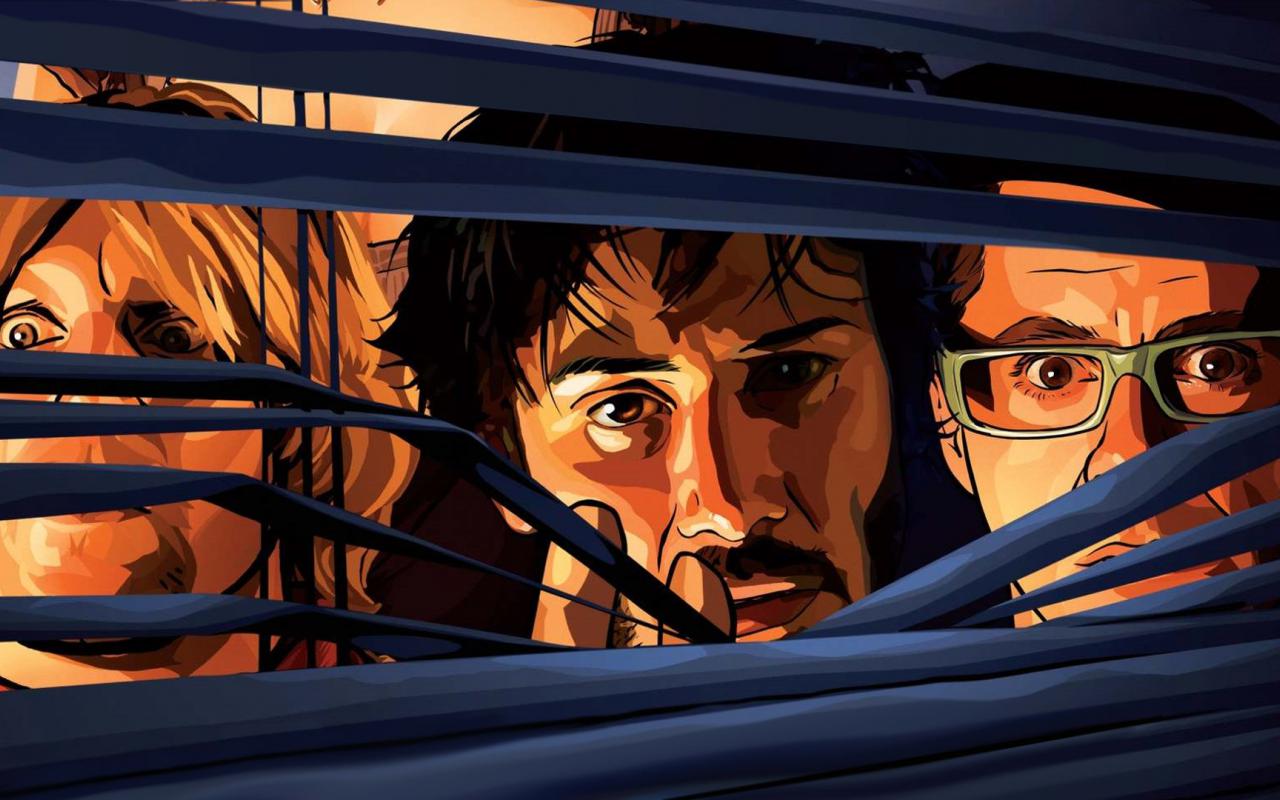
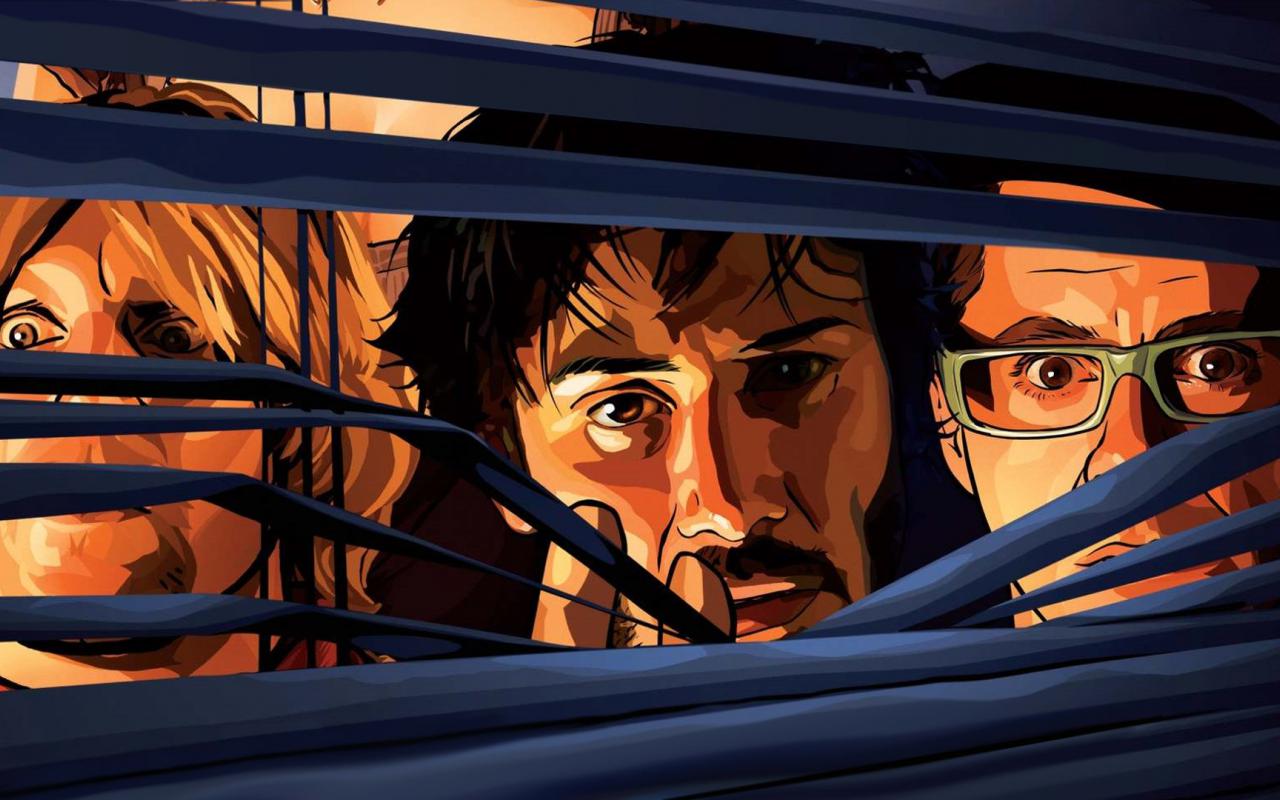







You must be logged in to post a comment.